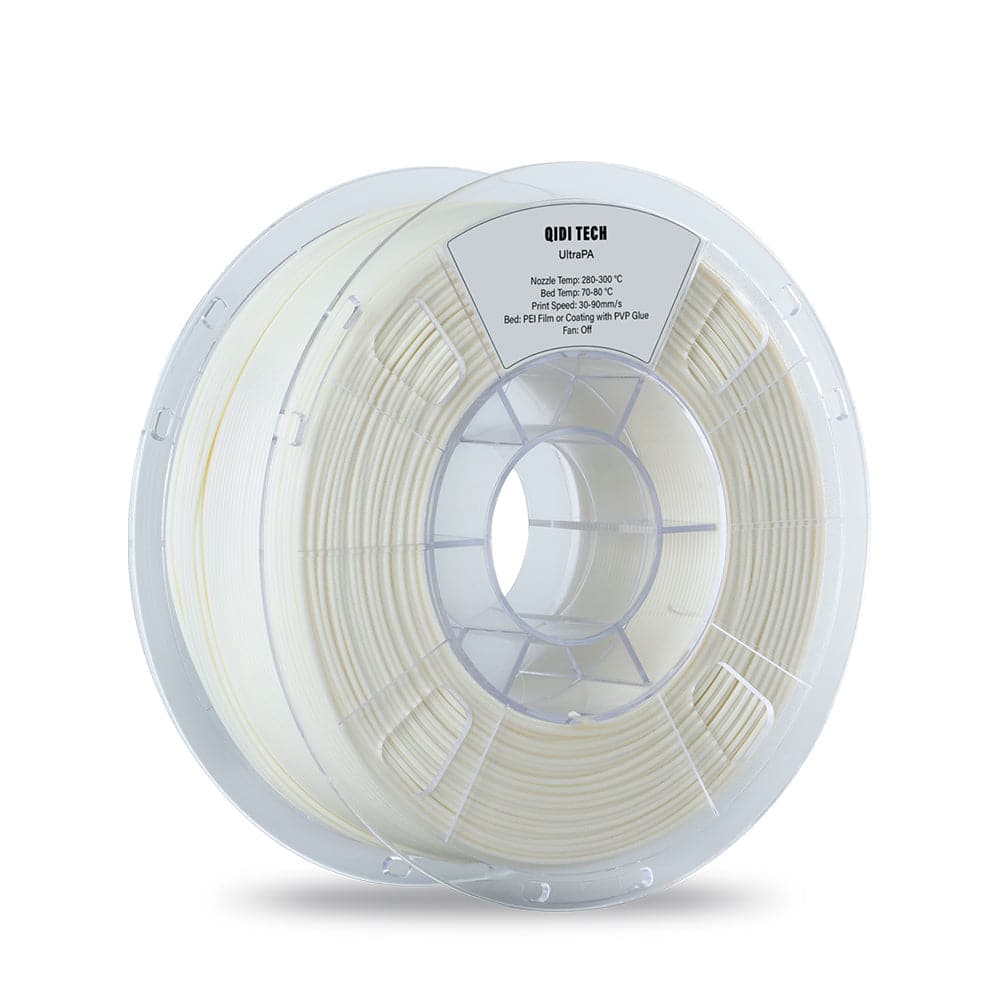Unlock Your Creativity: The Ultimate Guide to Choosing the Perfect Nylon Filament for 3D Printing!
Nylon filament has become a cornerstone in the world of 3D printing, and for good reason. Known for its incredible strength and flexibility, nylon opens up a realm of possibilities for both hobbyists and professionals alike. As 3D printing technology has surged in popularity, with enthusiasts ranging from engineers to artists, nylon filament has emerged as a go-to material for creating durable and high-quality prints. Whether you're crafting functional prototypes or intricate artistic designs, nylon filament can enhance your creativity, giving you the ability to produce items that are not only visually appealing but also robust and practical.

Understanding Nylon Filament
Nylon filament is a type of thermoplastic made from polyamide, a synthetic polymer that is known for its durability and versatility. This material is characterized by its excellent mechanical properties, including high tensile strength, flexibility, and resistance to wear and tear. What sets nylon apart from other filaments is its ability to withstand significant stress, making it ideal for parts that require both strength and flexibility. Additionally, nylon is resistant to many chemicals, which can be a significant advantage when printing parts that may be exposed to various substances. Overall, nylon filament is a fantastic choice for projects that demand resilience and longevity, whether you're creating functional parts or artistic pieces.
Types of Nylon Filament
There are several types of nylon filament available for 3D printing, each with its unique properties and applications. One of the most common types is Nylon 6, which is known for its excellent tensile strength and impact resistance. It's often used for creating functional prototypes and mechanical parts. Another popular option is Nylon 12, which offers even greater flexibility and is less prone to moisture absorption, making it suitable for applications that require durability under varying conditions. Additionally, composite options like nylon mixed with carbon fiber or glass fibers provide enhanced strength and rigidity, perfect for high-performance applications. Understanding these different types can help you make an informed decision based on your specific project needs.
Key Considerations When Choosing Nylon Filament
When selecting nylon filament for your 3D printing projects, there are several critical factors to consider. First, print settings such as temperature and speed play a significant role in achieving successful prints. Nylon typically requires higher extrusion temperatures, usually between 240°C to 260°C, which can affect compatibility with some 3D printers. Additionally, nylon filament is known for its ability to absorb moisture from the air, which can lead to printing issues such as bubbling or poor layer adhesion. Therefore, proper storage in a dry environment is essential. Lastly, it's vital to ensure that the filament you choose is compatible with your specific type of 3D printer, as some printers may require specific settings or modifications for optimal performance.
Tips for Successful 3D Printing with Nylon Filament
To achieve successful prints with nylon filament, there are several practical tips you can follow. First, bed adhesion can be a challenge; using a heated bed can significantly improve adhesion and reduce warping. A bed temperature of around 70°C is often recommended. Additionally, applying a glue stick or using a specialized adhesive can enhance the bond between the print and the bed. It's also important to maintain the correct nozzle temperature throughout the print to ensure smooth extrusion. After printing, post-processing techniques such as sanding or dyeing can further enhance the appearance of your nylon prints, allowing for more creative freedom in your projects. Lastly, experimenting with different settings can help you discover the optimal conditions for your specific printer and filament.
Where to Buy Nylon Filament
There are numerous sources for purchasing nylon filament, ranging from local craft stores to online platforms. Local stores may offer the advantage of being able to physically inspect the filament before buying, ensuring you choose a high-quality product. Online platforms, on the other hand, provide a wider variety of options, including specialty filaments that may not be available locally. Regardless of where you choose to buy nylon filament, always check the specifications and reviews to ensure you're getting a reliable product. High-quality filament can make a significant difference in your printing results, so take the time to research before making a purchase.
Final Thoughts on Nylon Filament for 3D Printing
In summary, nylon filament stands out as a versatile and robust choice for 3D printing, making it an excellent material for a vast array of projects. By understanding the different types of nylon filament, key considerations when selecting it, and tips for successful printing, you can elevate your 3D printing experience. Don't hesitate to experiment with nylon filament; it has the potential to unlock new creative possibilities, allowing you to push the boundaries of your projects. Whether you're a seasoned pro or just starting, incorporating nylon into your 3D printing repertoire could lead to exciting and innovative creations.














